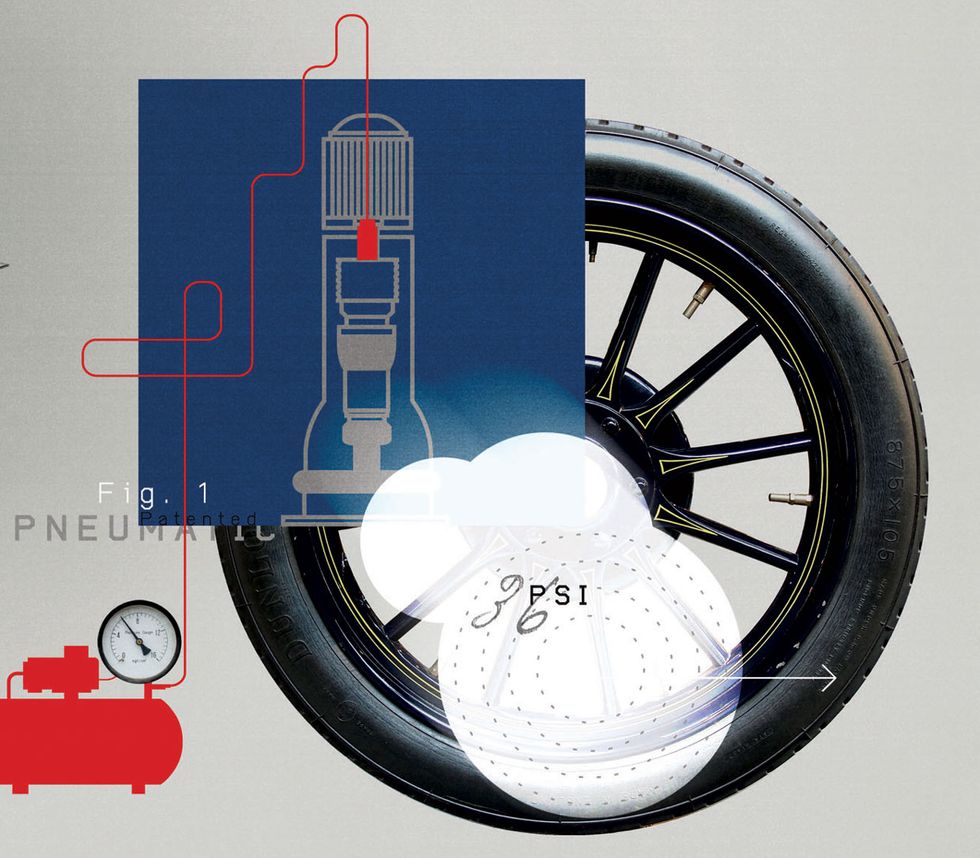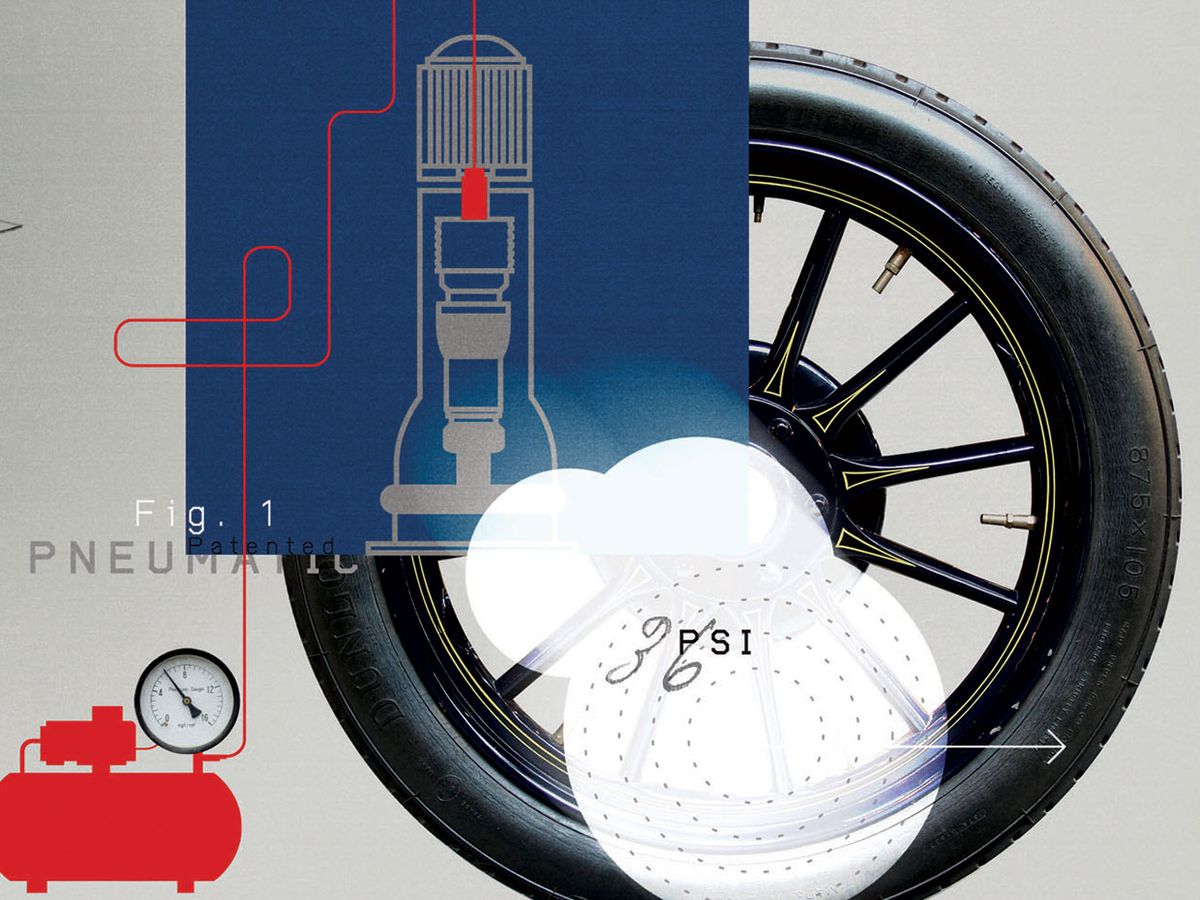
Famous inventions are few, and they generally carry the name of a person or institution. Edison’s lightbulb and Bell Labs’ transistor are perhaps the most notable examples in this very small category, although Edison did not invent the lightbulb (just its more durable version), and Bell Labs merely reinvented the transistor (the solid-state device was patented in 1925 by Julius Edgar Lilienfeld).
At the other end of the recognition spectrum is the much larger category of epoch-making inventions whose origins are obscure. There is no better example of this than the inflatable tire, invented by one John Boyd Dunlop, a Scotsman living in Ireland. His British patent dates back 130 years, to 7 December 1888.
Before Dunlop, the best bet was the solid rubber tire, which had been available ever since Charles Goodyear’s vulcanization process (patented in 1844) made it possible to produce durable rubber. Although such tires were a major improvement on solid wooden wheels or spoked wheels with iron rims, they still gave a jarring ride. Dunlop devised his prototype, in 1887, to smooth the bumpy ride of his son’s tricycle. It was a primitive product, simply an inflated tube that was tied off, wrapped in linen, and fastened to a solid wooden tricycle wheel by nails.
An improved version found immediate use among the growing numbers of enthusiastic bicycle riders (see my column for June 2017). Soon riders using the new pneumatic tires won most of the cycling races, and a company was set up to manufacture the tires. However, as with so many other inventions, Dunlop’s patent was eventually invalidated because it turned out that another Scotsman, Robert William Thomson, had patented the idea in 1847, even though he never made a practical product.
Still, Dunlop’s invention stimulated work on larger tires for the newly invented automobile. In 1885 Karl Benz’s first three-wheeled Patent Motorwagen had solid rubber tires. Six years later the Michelin brothers, André and Édouard, introduced their version of detachable rubber tires for bicycles, and in 1895 their two-seater, L’Éclair, became the first automobile with inflatable rubber tires to enter the nearly 1,200-kilometer (730-mile) Paris–Bordeaux–Paris race. Because its tires needed changing every 150 km, L’Éclair ended up in ninth place.
It was a temporary setback. Sales did well, and Bibendum, the bulging-tire man, became Michelin’s symbol in 1898. One year later the company’s tires shod the torpedo-shaped La Jamais Contente (The Never Satisfied), a Belgian electric car that set a new record by topping 100 kilometers per hour (62 miles per hour). In 1913 Michelin introduced the removable steel wheel and hence the convenience of having a spare wheel in the trunk—a setup that has endured to this day.
John Dunlop finally entered the Automotive Hall of Fame in 2005, and the Dunlop brand is still around, now owned by Goodyear Tire and Rubber Co., the world’s third-largest maker of tires. Japan’s Bridgestone is the leader, but Michelin is a close second. It’s a rare example of a company that has stayed near the top of its industry for more than a century.
Tires are quintessential products of the industrial age—heavy, polluting, still extremely difficult to dispose of—but even in our information age, they are still needed in ever-higher numbers. Tire companies must meet the worldwide demand for nearly 100 million new road vehicles every year and for replacements for the global fleet of more than 1.2 billion. Dunlop would be astounded by what he began. So much for the much-hyped dematerialization of our world that artificial intelligence is supposed to have started.
This article appears in the December 2018 print issue as “December 1888: Dunlop Patents Inflatable Tire.”
